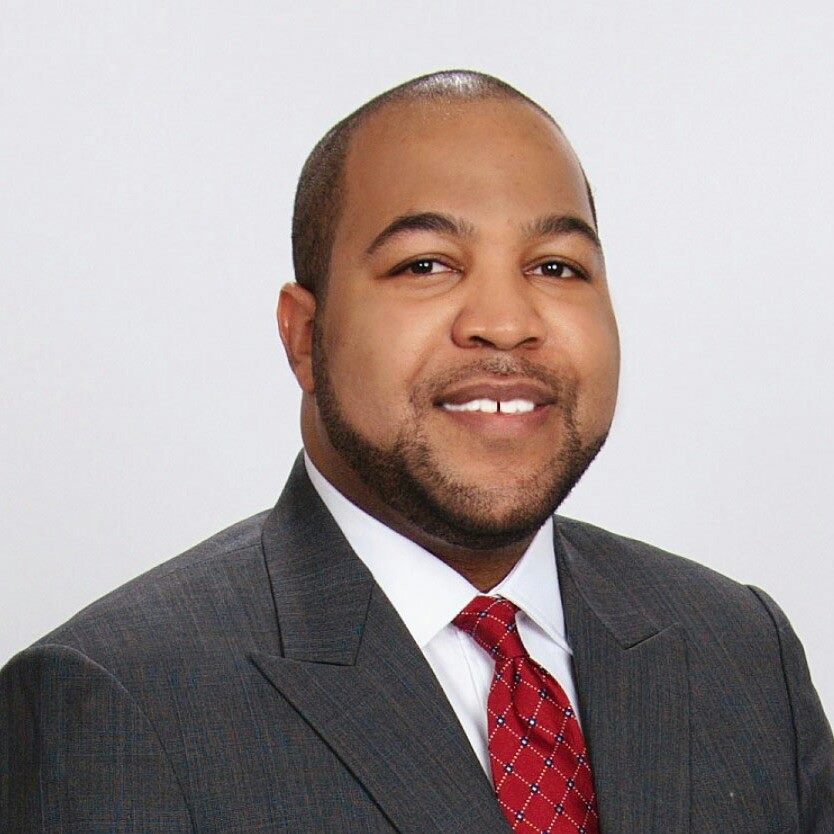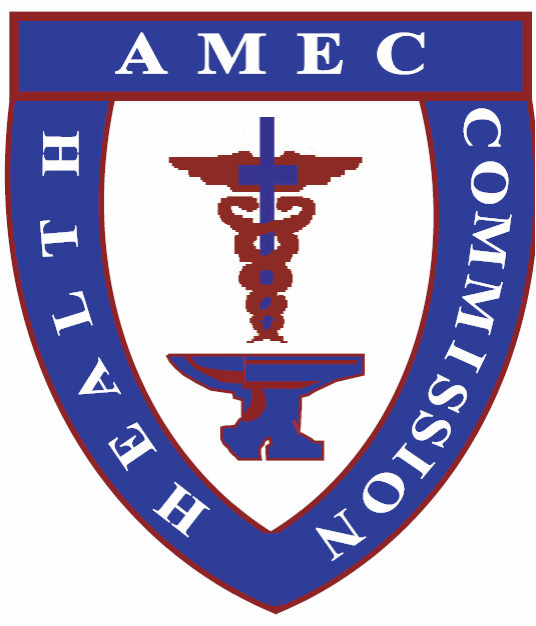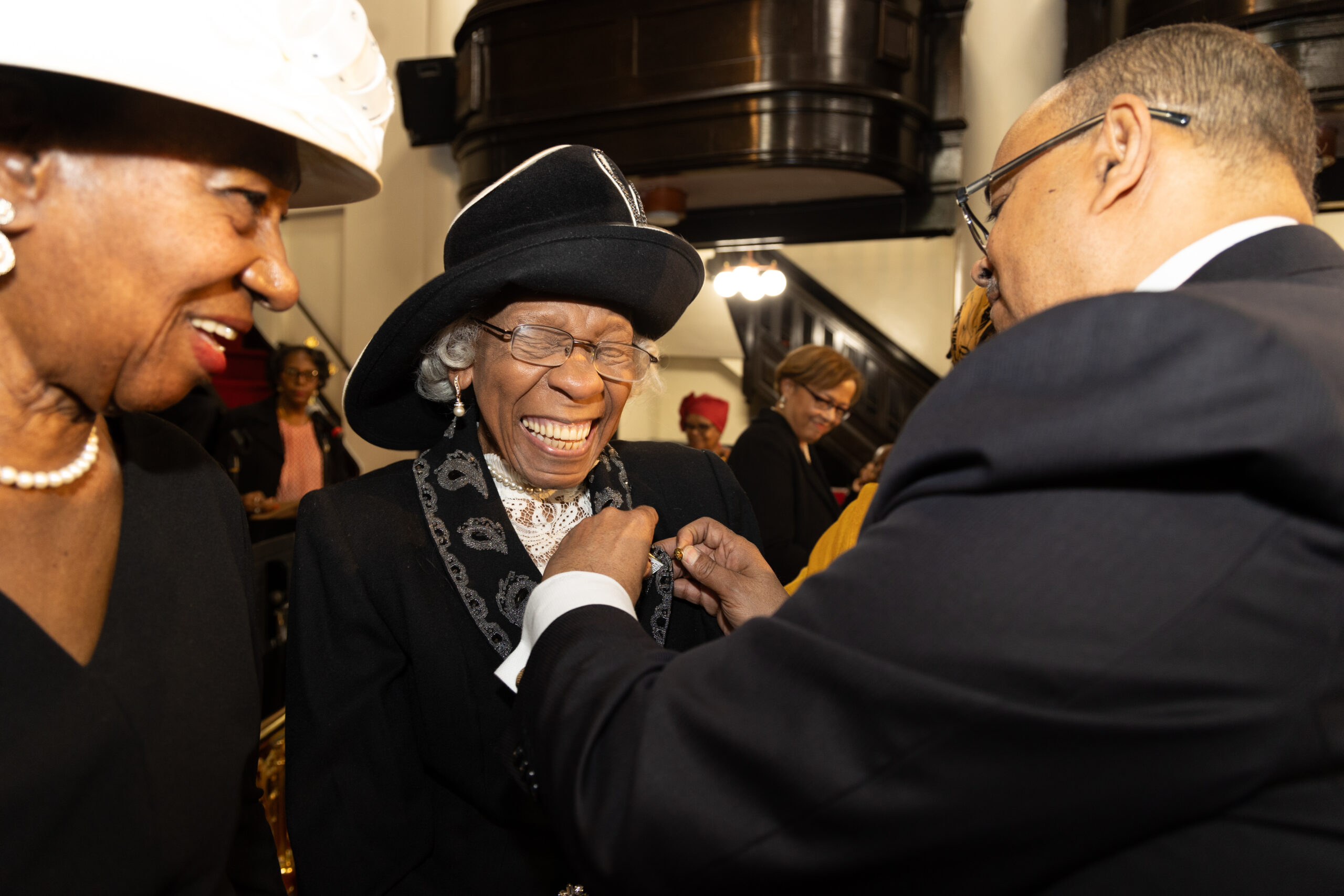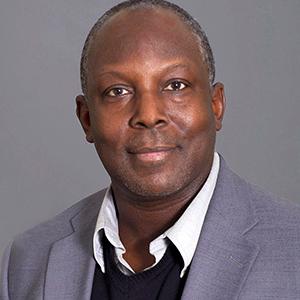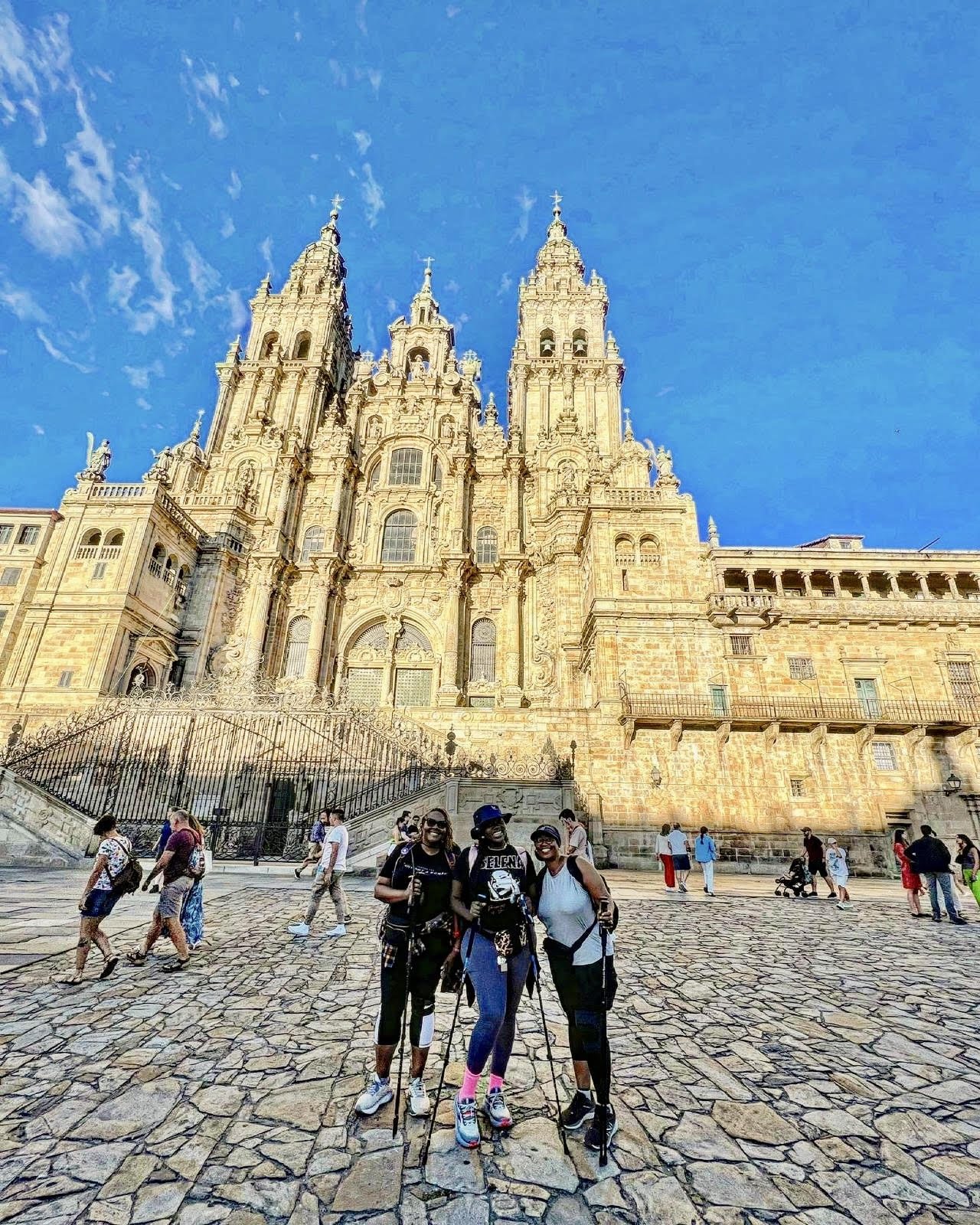Less about Meetings, More about the Message and the Mission
By John Thomas, III
“From June to August, the world’s oldest pan-African religious organization sponsored major events in Alabama, Washington, and Ohio, bringing together over 20,000 people and investing hundreds of thousands of dollars in these communities. In Alabama, the organization became the largest minority faith-based group to establish a partnership with Alzheimer’s Association—a disease that disproportionately impacts African Americans. In Seattle, the organization hosted one of the largest gatherings of African Americans in Washington State history. In Ohio, hundreds of thousands of volunteer hours and over a million dollars in charitable donations were celebrated by members gathering from over 20 different countries.”
The “pan-African religious organization” referenced in the previous paragraph is the AME Church and the major events were the General Board Meeting, Lay Biennial, and WMS and YPD Quadrennials. Yet, these gatherings are rarely framed in ways that highlight their mission and community impact to those outside the denomination.
When people ask, “What is the AME Church doing?” we sometimes concentrate on routines of anniversaries, meetings and fellowships, and the “business of church” that the larger picture of our impact is not seen. Showing the broader impact is even more important today as the unquestioning esteem for the Black Church from our communities is increasingly replaced by cries of, “What has the ‘church’ done for the community lately?”
The ministry that the AME Church—through its clergy, congregations, and components—is often not widely-seen because our message is not effectively communicated beyond ourselves. Additionally, those who wish to know what the AME Church does beyond their local congregation must often travel in person because most components of the AME Church have not adapted to using virtual communication for information. Much of this has to do with the formation and experience of the persons responsible for guiding our denomination.
The ministries of the Full Gospel Baptist Fellowship, Church of God in Christ, and miscellaneous megachurches that occupy our social media feeds and inboxes are no stronger or relevant than the AME Church. Yet, while we have developed a decidedly insular gaze, their denominations and fellowships are as concerned with what their members see as what the outside world knows. They equally value message and ministry.
This summer’s three major AME gatherings were instructive in where we are as a Connection and where we could go. The Connectional Lay Organization Biennial was the first connectional meeting to incorporate an integrated multimedia strategy ranging from cohesive branding and marketing materials to social media streaming. Over 10,000 people viewed the opening worship service and keynote addresses. A consistent comment on the videos was, “Seeing this online made me feel like I was there.” At the General Board meeting, the Investiture and the Bishop’s Council Worship Service were streamed online for the first time through the Connectional app. The WMS and YPD made use of enriched videos for their Episcopal district and officer reports. While no formal streaming was in place, many attendees used Facebook Live to share parts of the meeting.
Even when not formally in place, people who attended a meeting wanted to share what they were seeing with the wider world; and when formal streaming was available, tens of thousands of people took advantage of the opportunity to be in communion with the AME Church. To make sure that our ministry and message continue to impact, we must not only think about the people “in the room” but also the people that would be there but cannot and the people that could be there if they knew more about us.
Many local churches and Episcopal districts are already making innovative use of communication to ensure that their message and ministry reach beyond their congregations. At a minimum, it is time for the AME Church to give guidelines and standards for all Connectional meetings and Episcopal districts to help shape how we share what we do with the world. As one of the church’s bishops is fond of saying, “Good news isn’t news if you don’t tell it.”

